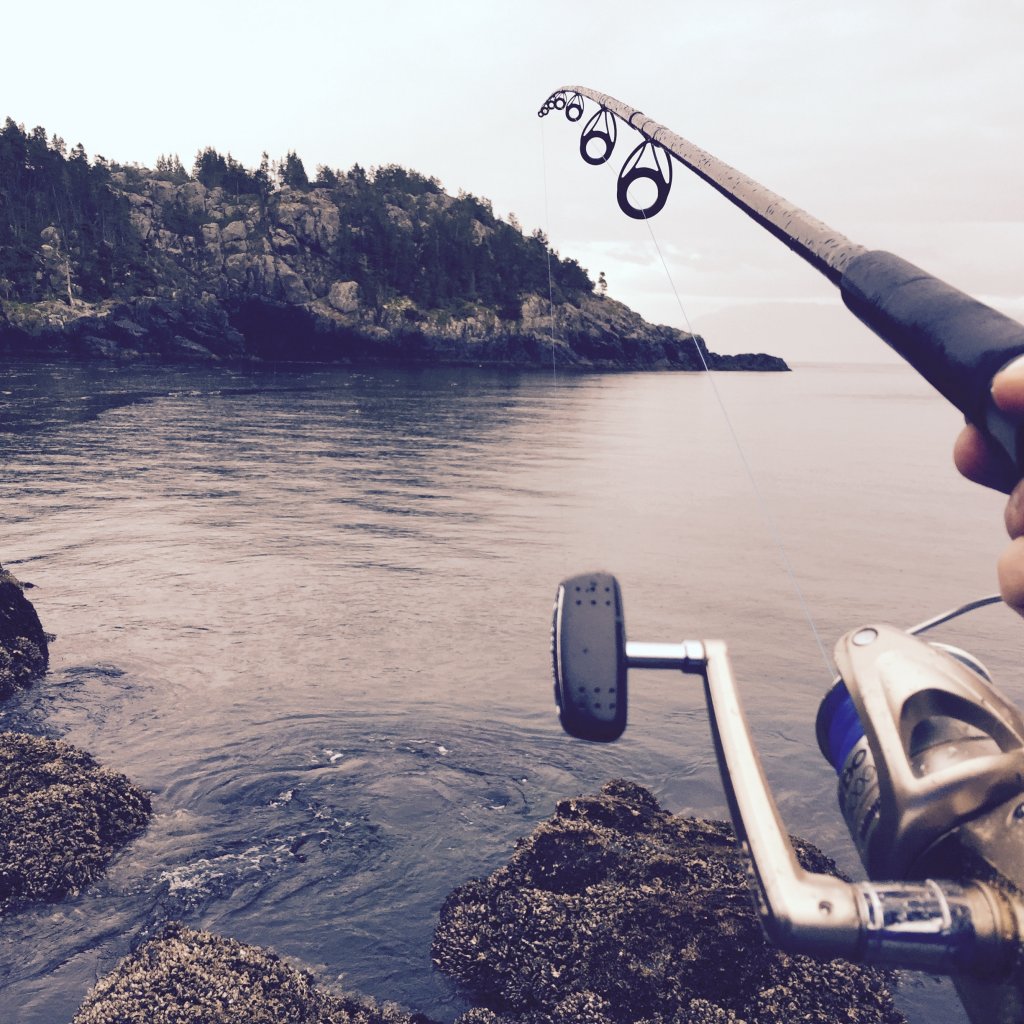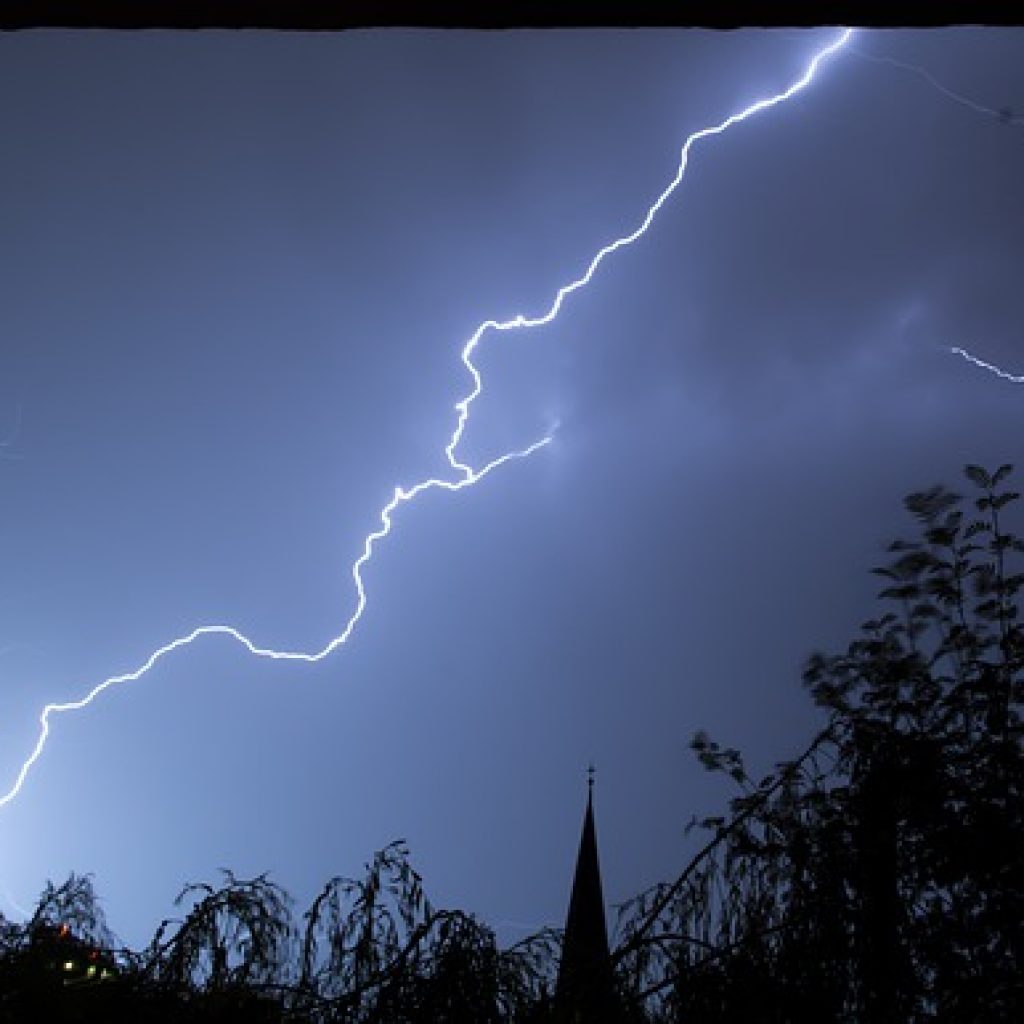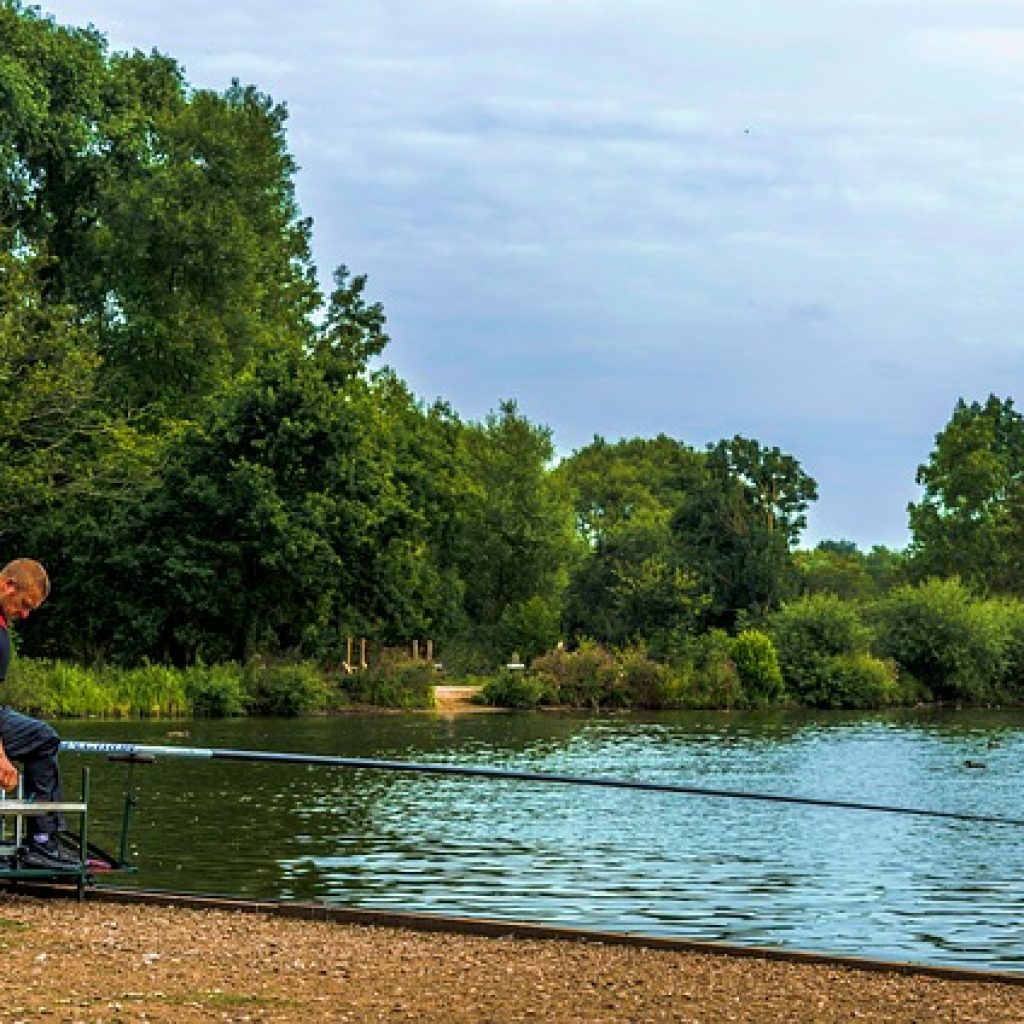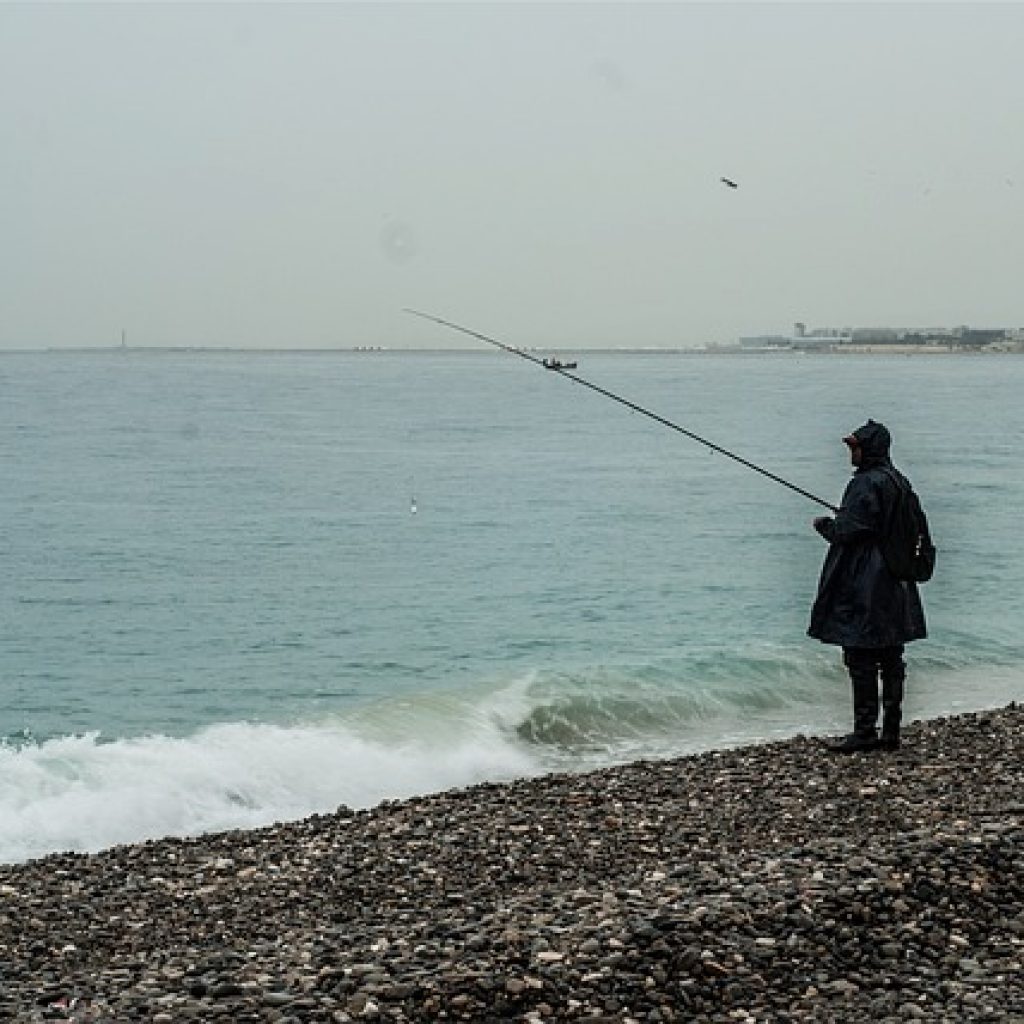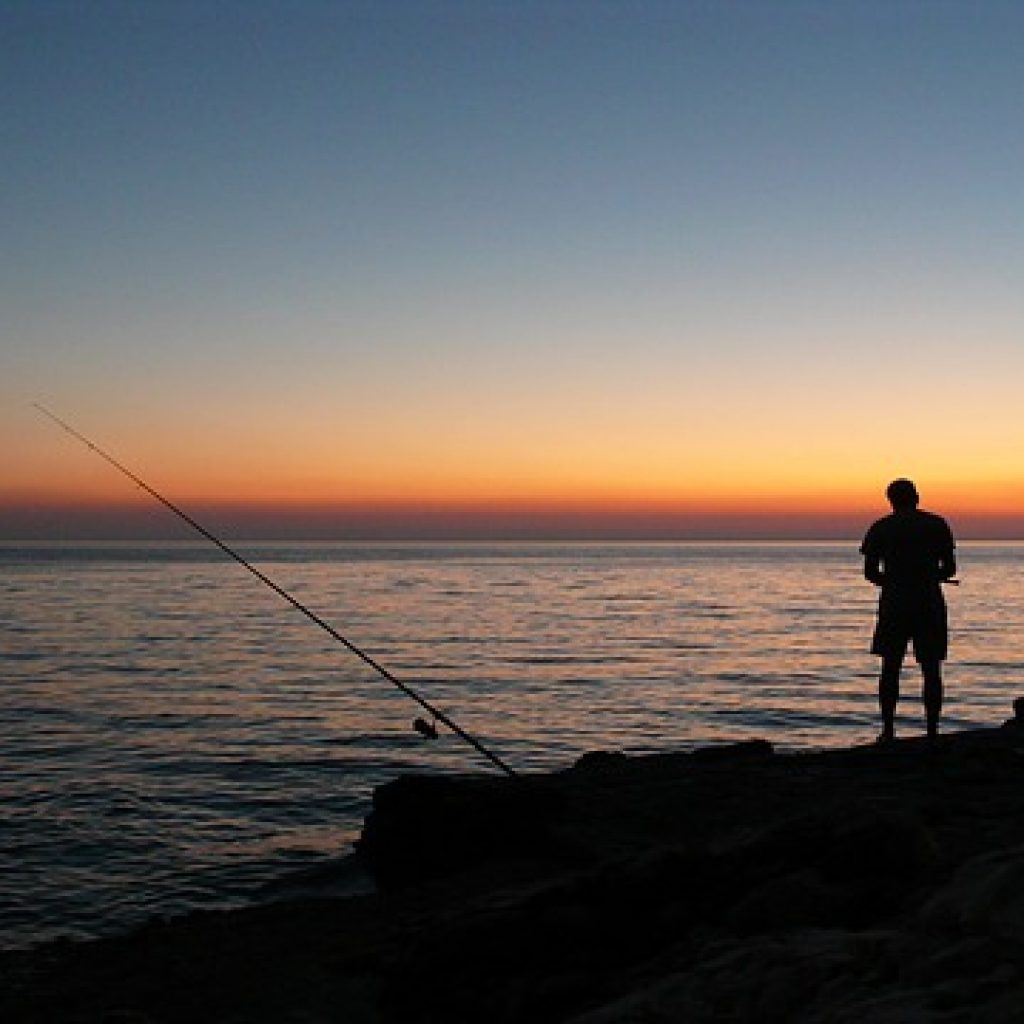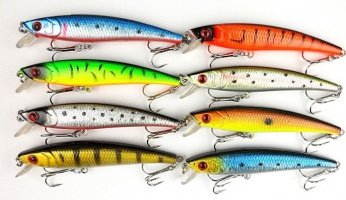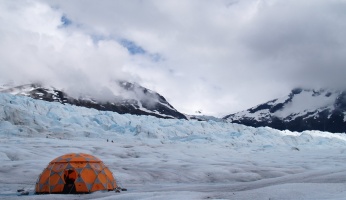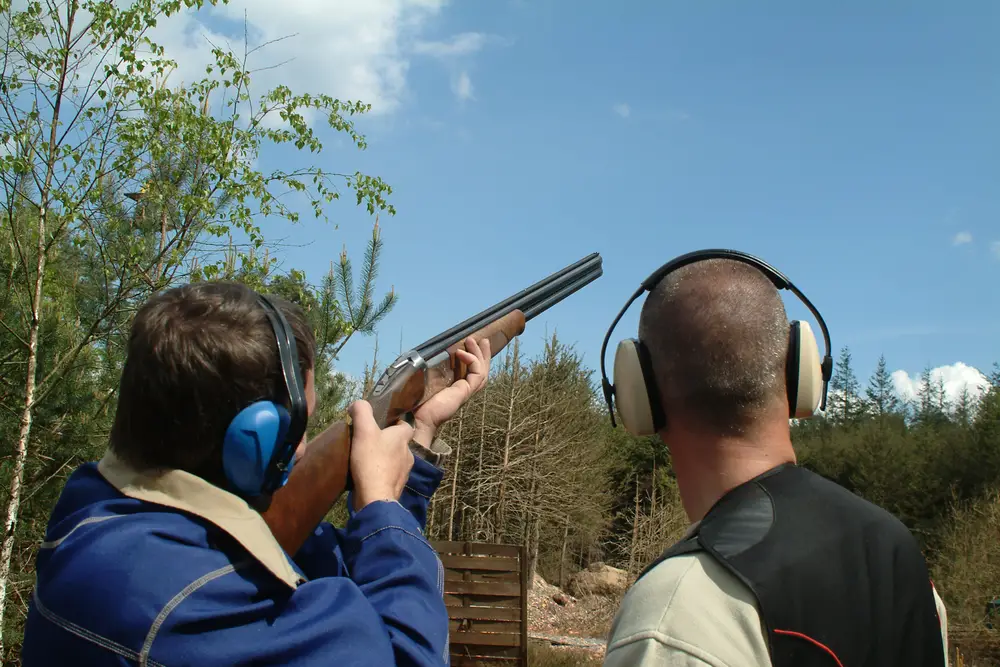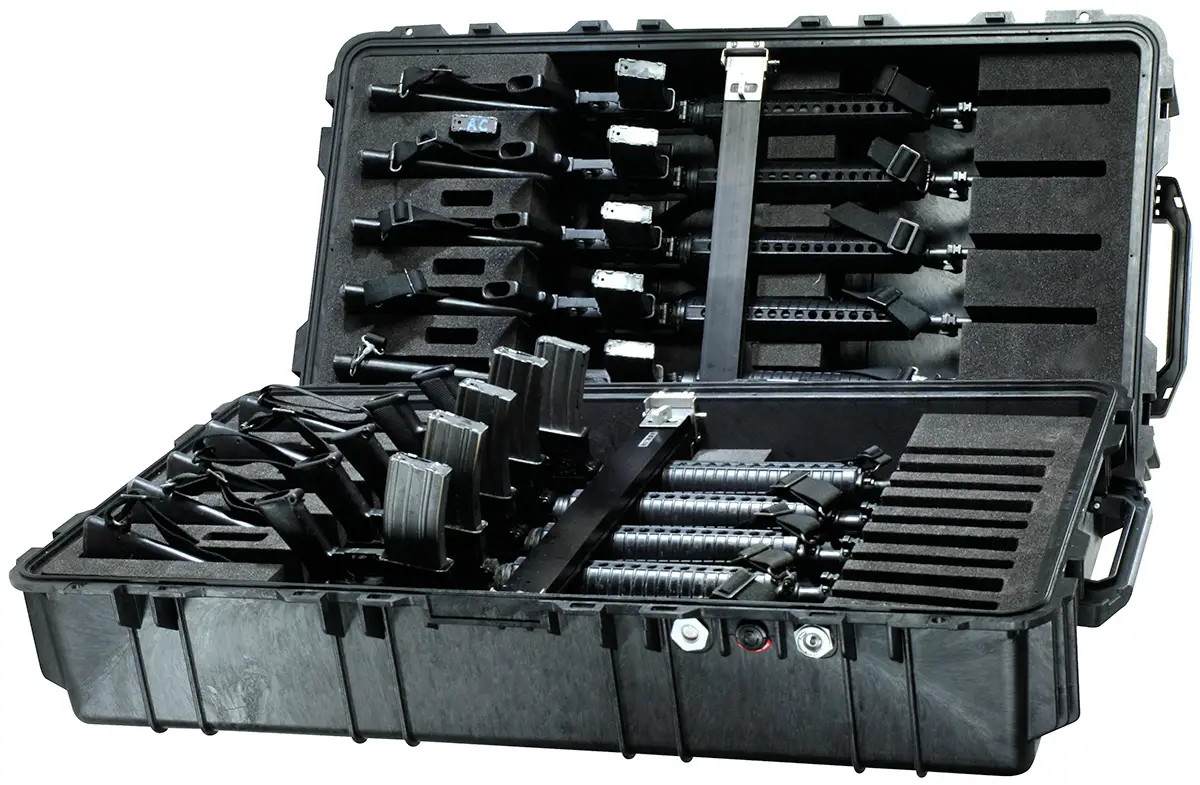Tips For Fishing After A Storm
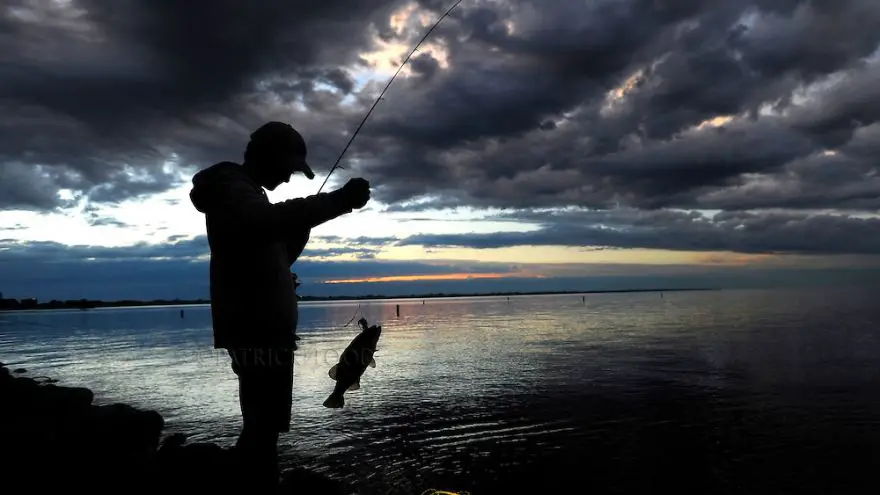 Tips For Fishing After A Storm
thegearhunt.com
Tips For Fishing After A Storm
thegearhunt.com
While fishing is a very fun activity, something that many people fail to realize is that different conditions will require you to fish differently if you want to increase your chances of making a catch.
In this case, we’re going to learn about how you should fish after a storm has taken place, which will require you to take a significantly different approach in contrast to if you were to fish on a hot summer’s day with calm waters.
The most valuable tips to learn for fishing after a storm
#1 – Learn About Seasonal Weather Trends
Storms will become more commonplace in North America during the transition from summer to fall. The reason why is because storms will brew when cold air masses and warm air masses meat together, as is what happens during the change from summer to fall months. Additional changes that happen in the process are changes in temperatures, barometric pressure, and the direction of the wind, all of which will affect how fish act.
#2 – Determine If It Is Safe to Fish
While fishing after a storm has passed will be safe, it will be decidedly less so to fish during the storm, especially if you are out in the water on your boat. Fishing during a storm can make you vulnerable to a number of risks, including lightning, high winds, or your boat being capsized. Keep in mind, the whole point to this article is to give you tips on how to fish after a storm, not during it.
Even if a storm has ended, there’s still a possibility that it starts up again in the near future. Read up on the weather forecast to determine if it will indeed be safe to venture out.
#3 Be Prepared for Sun
Many fishermen expect for the weather to still be cloudy or even rainy following a storm. This is naturally a great time to go fishing because fish are always more active when it’s cloudy than when it’s sunny (because their eyes are sensitive to sunlight).
However, it’s still very much possible for the weather to suddenly become very warm and sunny even after a ferocious storm or torrential downpour. Different weather conditions will require you to bring different kinds of gear (such as lures) with you, so you don’t want to make the mistake of bringing your cloudy/rainy gear and lures with you only for it to be sunny out instead.
#4 – Know How Rain Impacts Fishing
While it can certainly be sunny out following a storm, it can just as easily be rainy out as well. In this case, it’s important to know how rain impacts fishing. In general, it is true that fish will be more active and freely swimming when it is rainy and cloudy out. That being said, they still act differently depending on the type of rain.
For instance, fish will be more active if the rain is warm rather than cold. The reason why is because warm rain can quickly warm a body of water and get fish moving, while cold rain will have just the opposite effect.
Meanwhile, how hard or fast the rain is falling as well also has an impact on the activity of fish. Intense rain can quickly cause the water to become muddy and make it harder to find a fish. You’ll have to search for clearer areas because that’s where the fish will be going to feed.
#5 – Is the Lake On the Rise?
Have the water levels risen following the storm? If so, then you’ll definitely increase your chances of success if you fish from a bank rather than on a boat out in the middle of the lake. Even though fish are typically reluctant to swim into shallower waters, they will do so if the overall water levels are rising.
#6 – Know Where to Find Clear Water
We previously mentioned that intense rainfall can cause a lake to become muddy, which makes it harder to find fish and necessitates you to find an area of clear water where the fish will be feeding. The best place to look for clear water is to look for feeder creeks that are emptying out into the lake.
#7 – Fish Downstream
You may not think this applies to you if you’re fishing on a lake where the water is (supposedly) still, but the truth is that lakes and ponds still have a current just like streams and rivers do. Fish, and especially bass, will group together on a down current or downstream.
Even just a slight current can excite fish and get them moving and feeding. Look for currents or ripples in the lake and then fish downstream of those.
#8 – Fish In Deeper Waters Following a Thunderstorm
Fish can become spooked quite easily by a number of things, and a thunder and lightning storm is no exception. During this time, they will travel out to deeper waters in order to try and find refuge in cover and shelter.
If you are planning on going fishing a day or two after a thunder and lightning storm has taken place, there’s a pretty sizable chance the fish are still out in those deeper waters in cover. If this is the case, you’ll want to avoid fishing from the bank if possible and instead take a boat out into the lake.
#9 – Autumn Is the Best Time to Fish
Last but not least, the fall season (when storms are the most frequent) is the best season to go fishing in because fish will be hunting for food actively in order to fatten up as much as possible for the winter months.
Conclusion
All in all, one of the best times to go fishing is in the fall after a storm has taken place, but only if you know what to do. Fortunately, the tips in this article have taught you where exactly you need to look for your prey so you’ll hopefully have a successful fishing trip.
